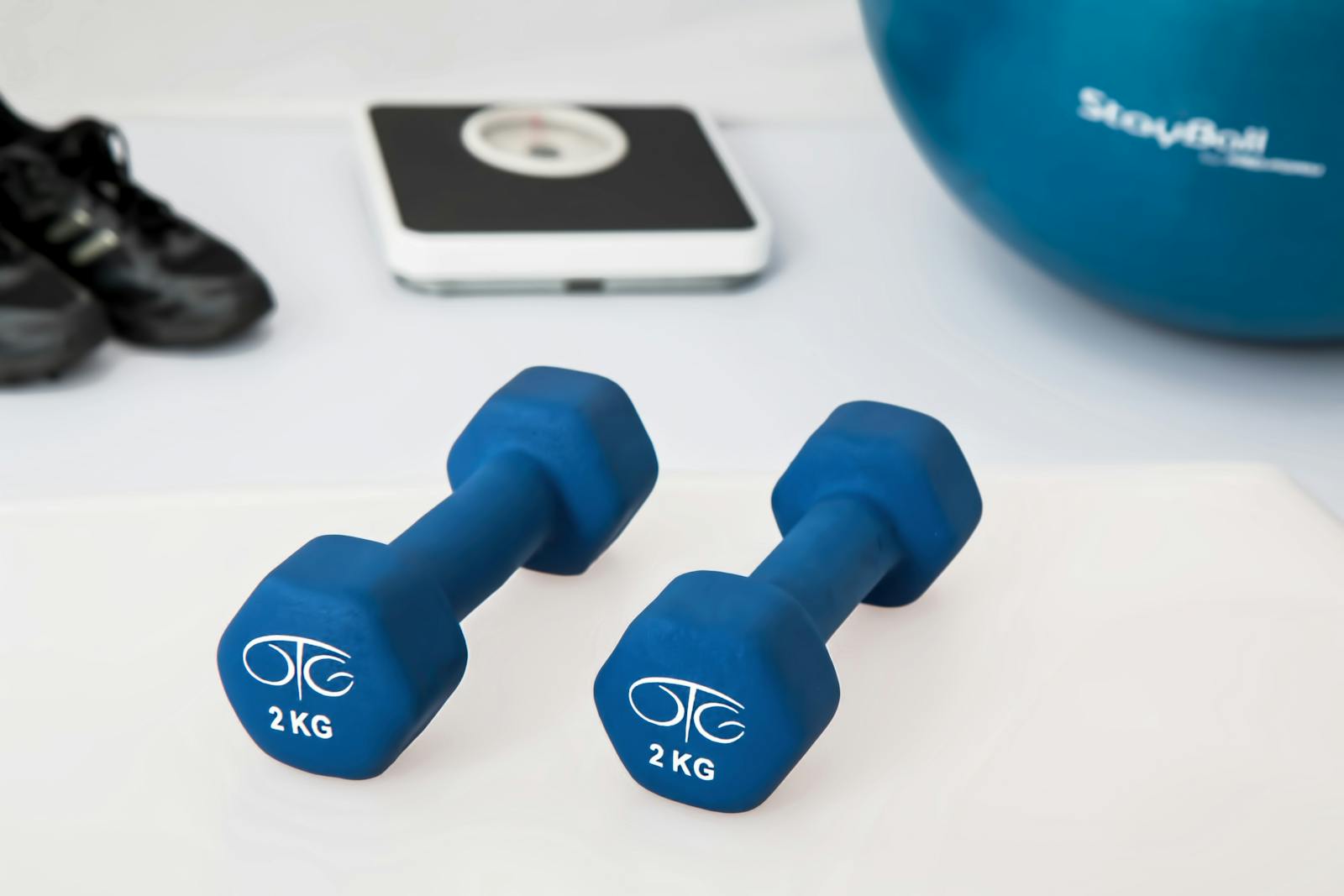Embarking on a strength training journey can be both exhilarating and intimidating. Consider the story of Jamie, a novice who has decided to transform their fitness routine. After years of feeling sluggish and unmotivated, Jamie walks into the gym for the first time, unsure of where to start. With a plethora of equipment and workout plans available, the challenge is not just about lifting weights but understanding how to effectively build strength and endurance. This guide aims to provide a comprehensive overview of strength training programs tailored for different fitness levels, helping users like Jamie enhance their muscle strength and endurance.
Understanding Strength Training
Strength training involves exercises that improve strength and endurance by working against resistance. The primary goals of strength training include:
- Muscle Growth: Increasing the size of muscle fibers.
- Strength Development: Enhancing the ability to exert force.
- Endurance Improvement: Boosting the muscles’ ability to sustain prolonged exercise.
To achieve these goals, it’s essential to understand the key components of a successful strength training program.
Key Components of a Strength Training Program
- Frequency: Refers to how often you train each muscle group. For beginners, 2-3 sessions per week is ideal, while intermediate and advanced lifters may train 4-6 times per week.
- Intensity: This is typically measured as a percentage of your one-repetition maximum (1RM). Beginners might start with 60-70% of their 1RM, while advanced lifters may work at 80-90% for strength gains.
- Volume: This refers to the total amount of work done, usually calculated as sets multiplied by repetitions (sets x reps). Beginners might start with lower volume (e.g., 3 sets of 8-12 reps), while advanced lifters might aim for higher volume.
- Rest Intervals: The time taken between sets. Beginners may need longer rest periods (1-2 minutes), while advanced lifters can shorten this (30 seconds to 1 minute) depending on their goals.
- Exercise Selection: A mix of compound movements (like squats and deadlifts) and isolation exercises (like bicep curls) is essential for balanced development.
Strength Training Programs by Level
Beginner Program
The focus for beginners should be on learning proper form and building a solid foundation. Here’s a sample 4-week program:
Week 1-4: Full Body Workout (3 days/week)
| Day | Exercise | Sets | Reps |
|---|---|---|---|
| 1 | Squats | 3 | 10-12 |
| Push-Ups | 3 | 8-10 | |
| Dumbbell Rows | 3 | 10-12 | |
| Plank | 3 | 20-30s | |
| Lunges | 3 | 10/leg | |
| —– | ——————— | —— | ——– |
| 2 | Deadlifts | 3 | 8-10 |
| Overhead Press | 3 | 10-12 | |
| Lat Pulldowns | 3 | 10-12 | |
| Bicycle Crunches | 3 | 15-20 | |
| —– | ——————— | —— | ——– |
| Repeat above structure for Day 1 and Day 2 throughout the week |
Intermediate Program
For those who have mastered basic movements, the focus shifts to increasing intensity and volume. Here’s a sample program:
Week 5-8: Split Routine (4 days/week)
| Day | Exercise | Sets | Reps |
|---|---|---|---|
| Day 1 | Barbell Squats | 4 | 6-8 |
| Bench Press | 4 | 6-8 | |
| Bent Over Rows | 4 | 8-10 | |
| Leg Press | 3 | 10-12 | |
| ——- | ————————- | —— | ——– |
| Day 2 | Deadlifts | 4 | 6-8 |
| Pull-Ups | 4 | Max | |
| Dumbbell Shoulder Press | 4 | 8-10 | |
| Plank | 3 | Max | |
| ——- | ————————- | —— | ——– |
| Repeat above structure for Day 1 and Day 2 throughout the week |
Advanced Program
Advanced lifters should focus on periodization, varying intensity and volume over time to maximize gains. Here’s an example:
Week 9-12: Periodized Training (5 days/week)
Phase A: Hypertrophy Focus (Weeks 9-10)
| Day | Exercise | Sets | Reps |
|---|---|---|---|
| Day 1 | Barbell Squats | 4 | 8-12 |
| Incline Bench Press | 4 | 8-12 | |
| Romanian Deadlifts | 4 | 10-15 | |
| ——- | ————————- | ——– | ——– |
Phase B: Strength Focus (Weeks 11-12)
| Day | Exercise | Sets | Reps |
|---|---|---|---|
| Day A1 | – Barbell Squats | -5 | -3 |
| -Bench Press | -5 | -3 | |
| -Deadlifts | -5 | -3 |
Recovery Strategies
Regardless of your level, recovery is crucial in any strength training program. Key strategies include:
- Active Recovery: Engage in low-intensity activities like walking or yoga on rest days.
- Nutrition: Ensure adequate protein intake (about 0.8g0.8g per pound of body weight) to support muscle repair.
- Sleep: Aim for 77 to 99 hours per night to facilitate recovery processes.

Conclusion:
Designing an effective strength training program requires an understanding of your current fitness level, clear goal setting, and proper execution of exercises. Whether you are a beginner like Jamie or an advanced lifter looking to refine your technique, having a structured plan can significantly enhance your muscle strength and endurance. Remember that consistency, patience, and listening to your body are key components in achieving long-term success in your fitness journey. With dedication and the right approach, anyone can harness the power of strength training to improve their overall health and well-being.







Leave a Reply